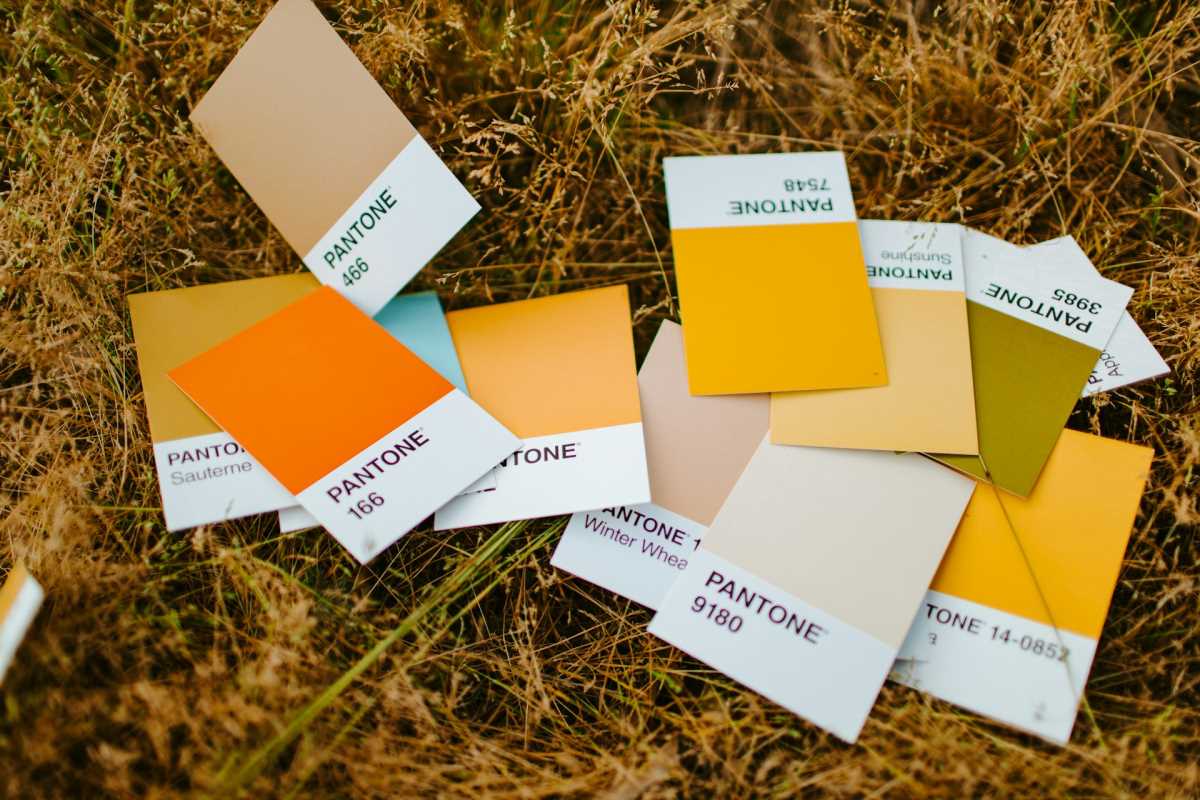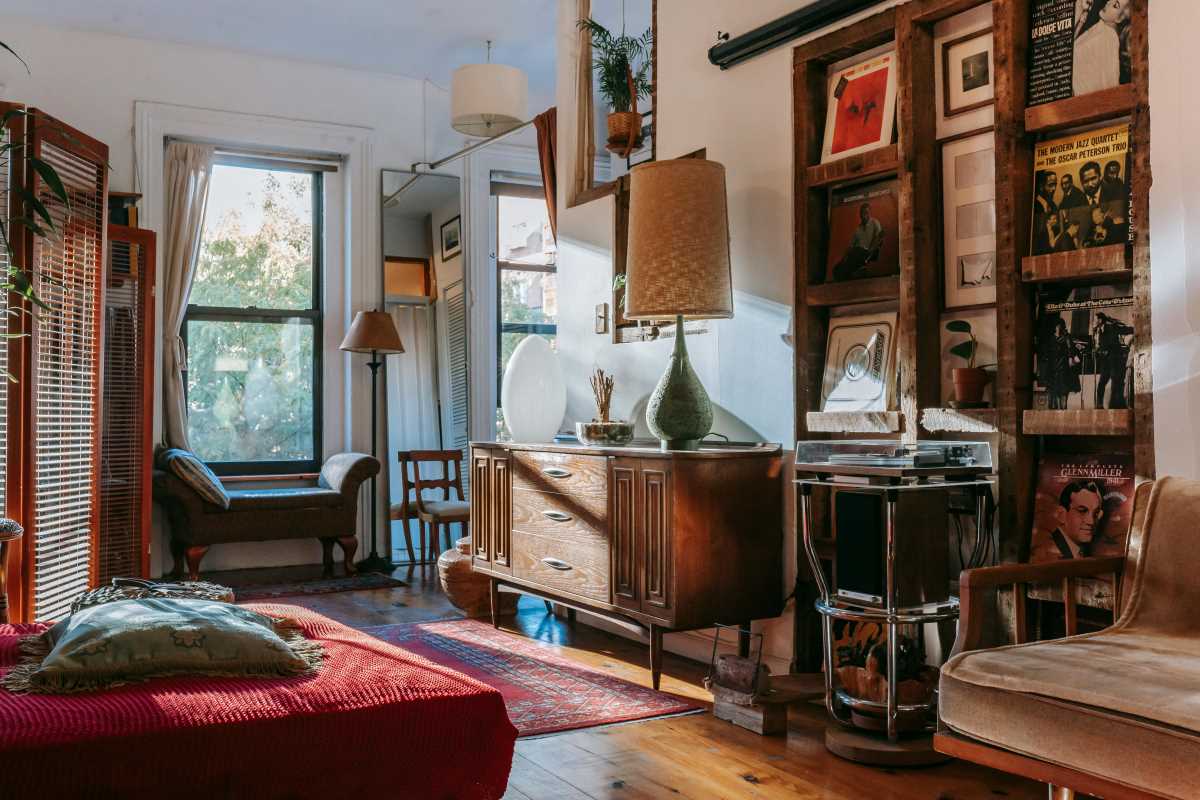Drywall is a popular material used in construction for its durability and versatility. However, accidents happen, and holes in drywall can occur for various reasons. Whether it's from a doorknob hitting the wall or moving furniture, fixing drywall holes is a common DIY task that can save you time and money. Here are some simple steps for fixing drywall holes.
Assessing the Size of the Hole
Before you start repairing, it’s essential to assess the size of the hole in the drywall. The approach you take will depend on whether the hole is small or large.
Small Holes
Small holes, such as those created by nails or screws, are relatively easy to fix. For these minor repairs, spackling paste is your go-to solution.
- Clean the Hole: Remove any loose debris or paint around the hole. This ensures that the spackle adheres properly.
- Apply Spackle: Use a putty knife to apply a small amount of spackling paste to the hole. Press the paste into the hole and smooth it out so it’s flush with the wall surface.
- Let It Dry: Allow the spackle to dry according to the manufacturer’s instructions. This typically takes a few hours.
- Sand the Area: Once the spackle is dry, gently sand the area with fine-grit sandpaper to create a smooth surface that blends in with the rest of the wall.
- Prime and Paint: After sanding, apply a primer if needed, and then paint the patched area to match the surrounding wall.
Large Holes
For larger holes, a more involved repair is necessary. These holes usually require a patch to reinforce the area.
- Prepare the Hole: Cut a piece of drywall slightly larger than the hole itself. This piece will act as the patch.
- Attach the Patch: Place the drywall patch over the hole and secure it in place using drywall tape. If the hole is very large, you may need to use a piece of wood or metal mesh behind the drywall for added support.
- Apply Joint Compound: Using a putty knife, apply a layer of joint compound over the patch, feathering the edges to blend it with the surrounding wall. Ensure the compound fills in any gaps around the patch.
- Allow It to Dry: Let the joint compound dry completely. This may take several hours or overnight, depending on the thickness of the application.
- Sand the Area: Once dry, sand the patched area with fine-grit sandpaper until it is smooth and flush with the surrounding wall.
- Prime and Paint: Apply a primer to the patched area, followed by paint to match the rest of the wall. This will help blend the patch seamlessly with the existing wall surface.
Tools and Materials Needed
To fix drywall holes, gather the following tools and materials:
- Putty knife
- Spackling paste or joint compound
- Fine-grit sandpaper
- Drywall patch or piece of drywall
- Drywall tape
- Primer and paint
- Utility knife
- Measuring tape
- Pencil
Additional Tips for a Professional Finish
Avoid Overloading with Compound
When applying joint compound, avoid using too much at once. Applying it in thin layers helps achieve a smoother finish and reduces the need for extensive sanding.
Use a Sanding Sponge
For finer control and a smoother finish, consider using a sanding sponge instead of sandpaper. It conforms to the shape of the wall and can help blend the patch more seamlessly.
Keep the Work Area Clean
Clean up any excess spackle or joint compound promptly to prevent it from hardening on the wall. This will make the sanding and painting process easier.
Prime Before Painting
Priming the patched area before painting helps ensure better paint adhesion and uniform color. This step is especially important if you’re painting over a repaired area to match the existing wall.
Fixing drywall holes is a manageable task that can be accomplished with the right tools and techniques. By assessing the size of the hole and choosing the appropriate repair method, you can restore your drywall to its original condition quickly and effectively. Remember to follow the steps carefully, practice if needed, and don’t hesitate to tackle small drywall repairs around your home. With a bit of effort, you’ll achieve a professional-looking finish that enhances the appearance of your walls.







